Portugal is famous for its Algarve coast, which is beautiful though often crammed with holiday homes and resort hotels.
This article is not about the Algarve.
It’s about that other Portuguese coast, the Alentejo, which I love for its pure character and unspoiled nature.
In contrast to the Algarve, the Alentejo coast (also referred to as the Costa Vicentina) lacks any cities or major development and is mostly the domain of hikers, surfers, and campervanners.
The best way to get to know the Costa Vicentina is to hike through it. The Rota Vicentina is an amazing network of hiking trails spanning 750km, all through scenic lands with only small-scale farming or the odd rural village. All along the coast there are many tall limestone formations, coves, and rocky cliffs. It’s a fantastic slice of Portugal to trek through.
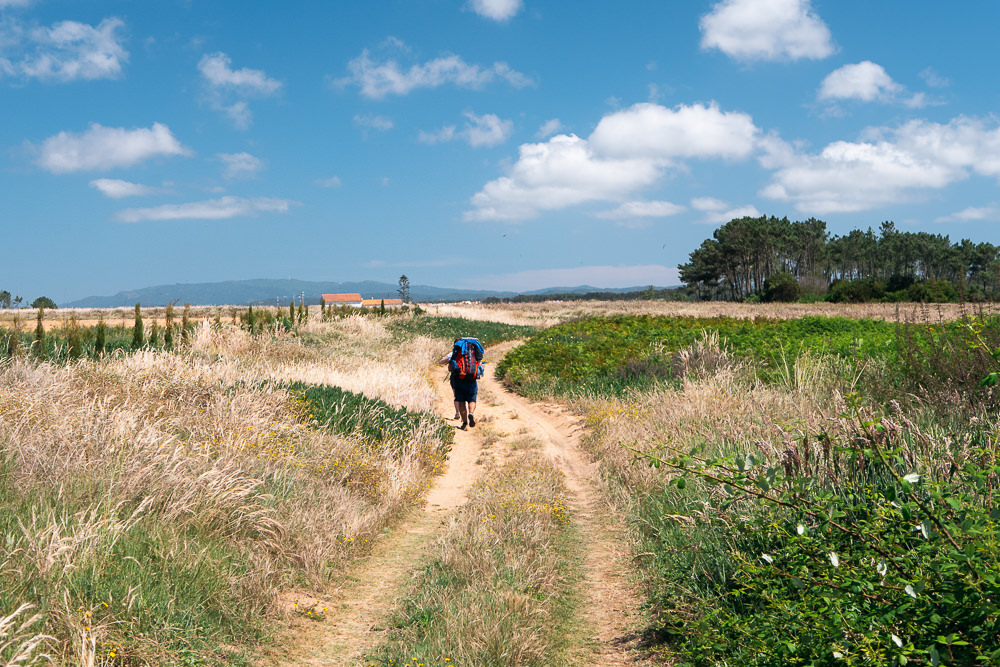
I recently hiked part of the Rota Vicentina and loved slow-traveling through this part of Portugal. Here, I will share a couple of tips for getting the most out of hiking the Rota Vicentina.
Plan your trip to the Alentejo
1. There are two main routes
Rather than being just one trail, the Rota Vicentina encompasses many different trails through the Alentejo coast.
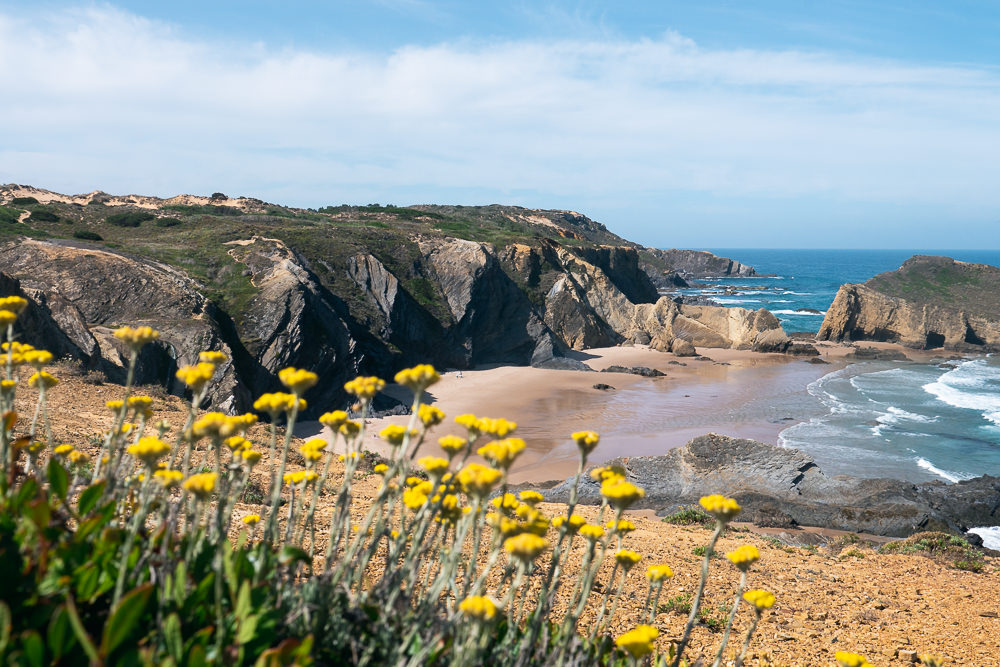
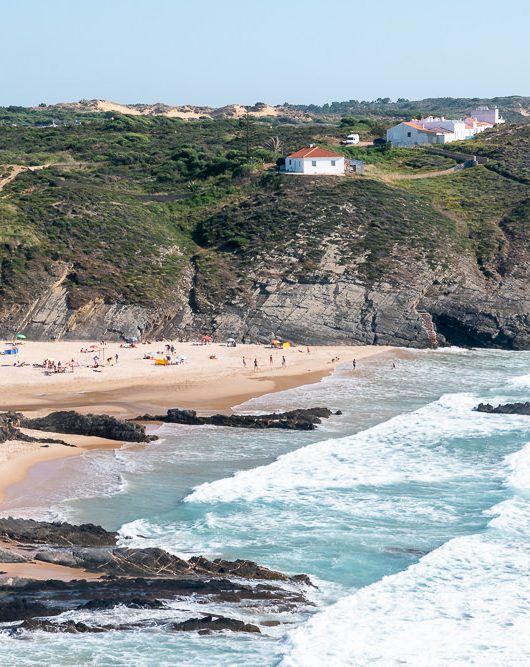

First, there is the Fisherman’s Trail (shown above). It is the most popular of the two trails, so you’re more likely to encounter some other hikers on it. The trail runs through lots of dunes and past gnarly cliffs. You’ll pass many seaside towns that are near wild or sparsely developed beaches. Not all of it is along the coast though: some of the middle sections go through the countryside.
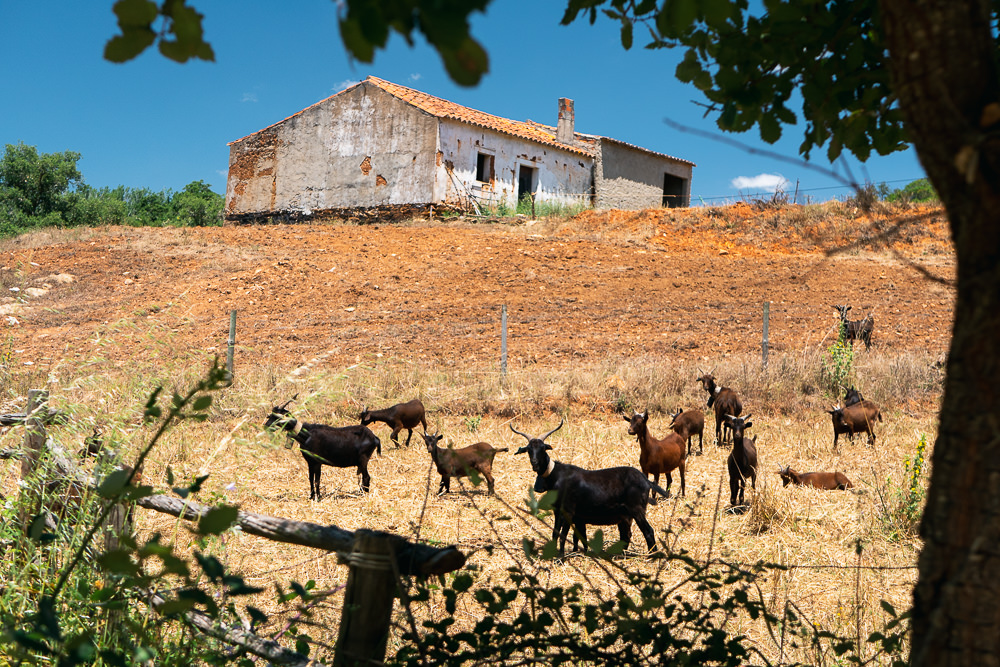
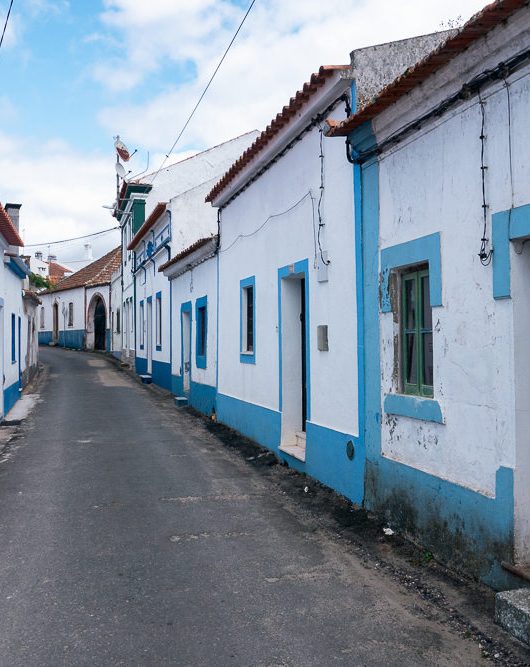
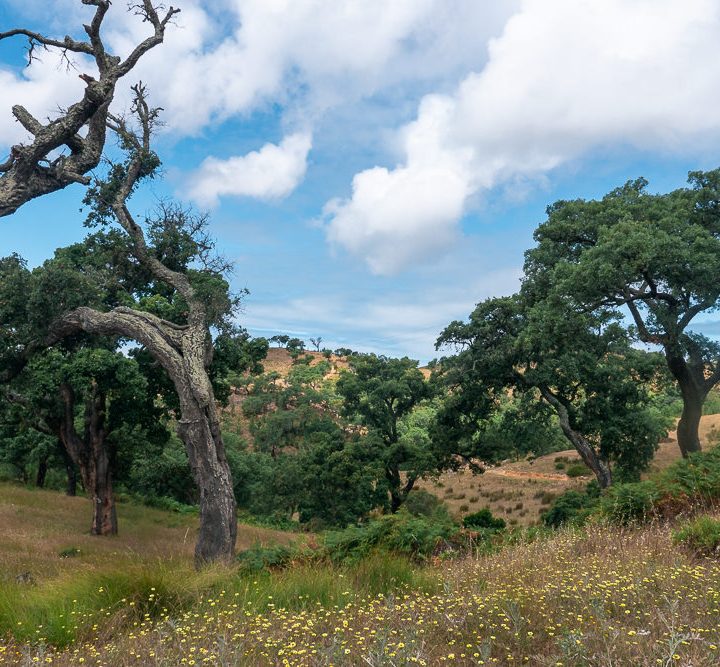
There is also the Historical Way, which runs further inland, intersecting with the Fisherman’s Trail in the middle at the town of Odeceixe. It’s less known, particularly the northern parts, but you definitely shouldn’t disregard this trail. I felt the hiking along the Historical Way was often a bit more eventful and varied, as it passes through low-intensity farmland, oak tree forests, past creeks and rivers, and sometimes over hills and small mountains. Lots of cute rural villages are on this trail.
Finally, there are numerous smaller local circular routes, which let you easily snack the Rota Vicentina without having to binge the whole thing.
To have the most variety, I combined several days worth of Historical Way with several days of Fisherman’s Trail. I really liked mixing the two routes.
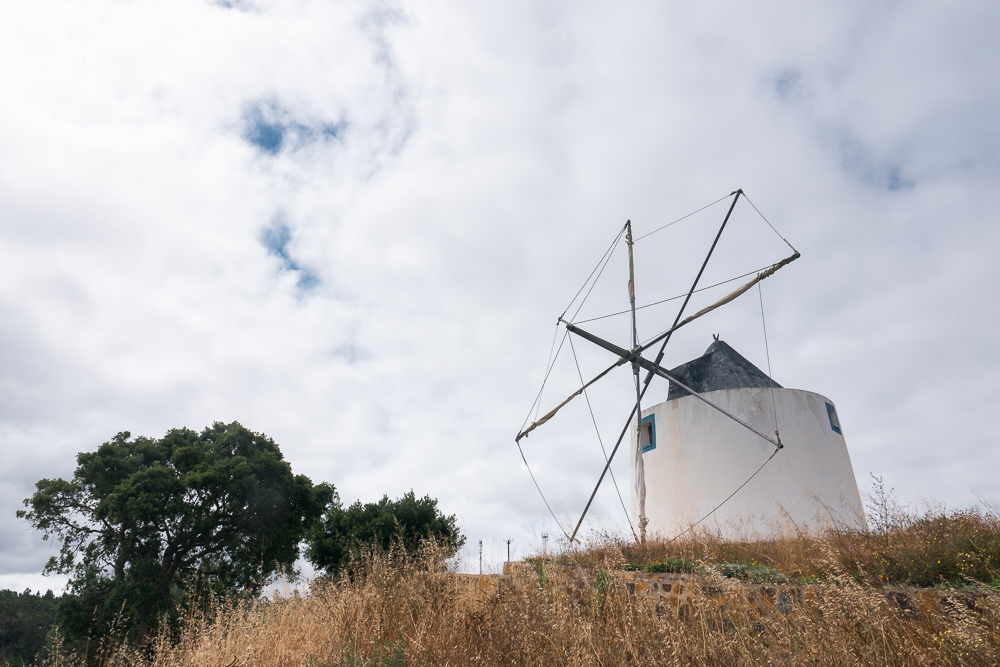
However, it seems the most typical thing to do is to hike the Fisherman’s Trail north to south (but you can go both directions). The rocky cliffs on the coast are certainly more dramatic than the more bucolic interior of the Alentejo, though I honestly loved both equally.
2. You can cherry-pick your trails
Feeling intimidated by over 750km of trails? Don’t worry.
Not everyone might have the stomach (or time) for 10 days or more of trekking, which is what it roughly takes to go north to south or vice versa. Luckily, you can also cherry-pick some of Rota Vicentina’s most scenic segments.
I found it a bit difficult to unravel the routes at first, as all parts are promoted equally on the official website. After speaking to a few hikers, a more distinct picture emerged.
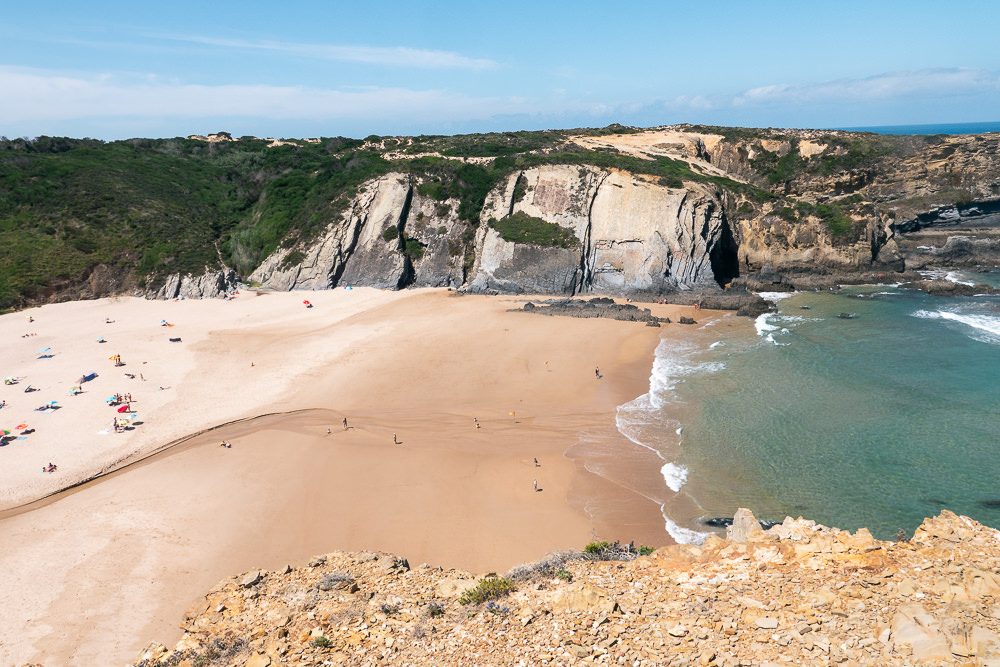
On the Fisherman’s Trail, the part between Almograve and Odeceixe is considered by many to be a highlight. This is due to the varied topography and diverse plant life (greener than further south near Cabo de São Vicente), as well as the charming seaside towns you’ll encounter. I even met a group of hikers who’d already done the whole route a few years ago but came back a second time to do just this part again.
As of 2020, there is a brand new part of the trail in the Algarve between Cabo de São Vicente and the city of Lagos. I didn’t have the chance to hike it, but knowing the topography around those parts from previous trips, I’d say this is surely another highlight of the Fisherman’s Trail that’s worth considering for your route. The topographic profile is however among the most challenging. I plan to tackle it in the future.
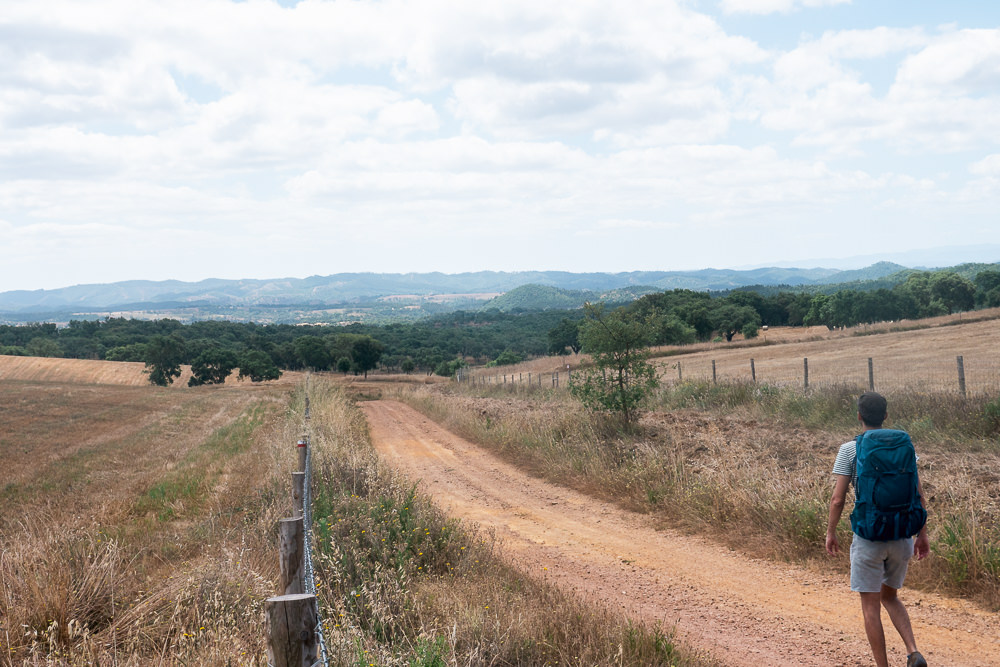
On the Historical Way, there seems less of a clear consensus among the hikers I met. Personally, I can only speak about the northern part of the Historical Way. I can say that I much enjoyed the parts between São Luis and São Teotonio (via Odemira), with their varied rural landscapes and some lush riparian forests.
Either way, you are under no obligation to hike the entire route. And if your feet ever get too tired, you can always insert a relaxing day or two at the beach.
If you’re really not sure which parts to pick, I would suggest starting in Porto Covo or Vila Nova de Milfontes and heading south to Odeceixe or beyond.
Of course, spending 2 weeks to do the whole thing is the ultimate challenge.
3. It’s best in spring
I walked the Rota Vicentina in early June and thought this was a perfect time to do it. I’ve also been in the Alentejo at other times of the year, so I can make some rough comparisons.
The official recommended walking season for the Rota Vicentina is from September till June. The best time is generally agreed to be spring, followed by autumn, followed by winter. Temperatures are mild in winter (around 10ºC during the day) though they are the rainiest months.
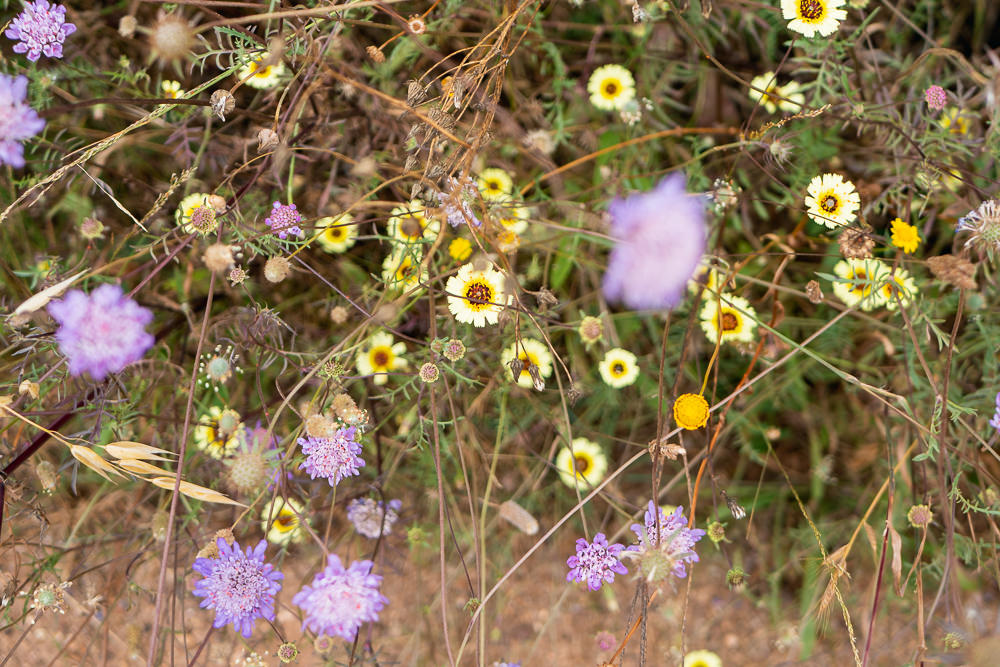
I loved hiking in spring for a few reasons:
- All the fields and forests are full of flowers
- It’s sunny but temperatures are not too high (20ºC – 25ºC range)
- The summer beach crowds have not yet descended onto the seaside towns
- Storks!
Why do I mention storks?
Well, they invade the region during this time of year, building nests on top of the cliffs and rocks along the Fisherman’s Trail. This is the only place in the world where such nesting behavior can be observed. Seeing several storks swoop around the shoreline is quite a sight to behold.
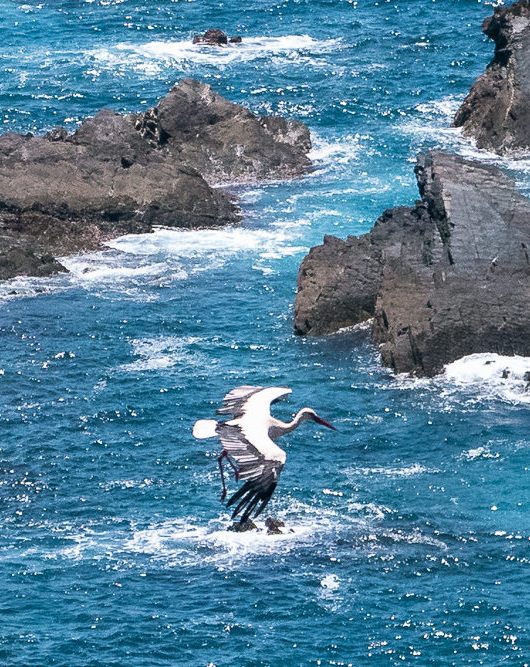
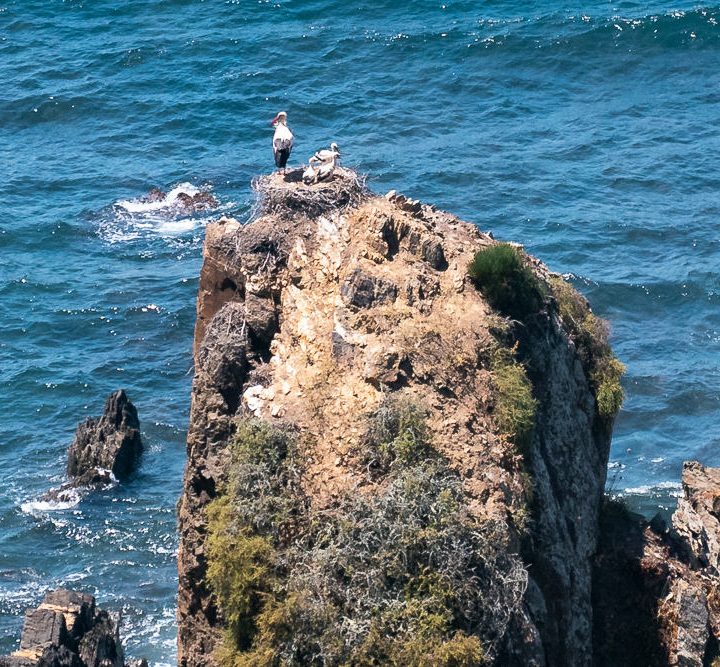
Some storks live around the coast year-round (having decided to no longer migrate to Africa), but you’ll need to visit in April till June for a chance to see them nesting on the rocks.
Walking the Rota Vicentina in summer is possible but not typically recommended. The temperatures reach high levels while much of the trail is fully exposed to the searing sun. Accommodation in seaside towns like Vila Nova de Milfontes will also fill up with beachgoers and locals on their summer breaks.
4. You can hop around
Although you can do everything by foot, it is possible to easily hop around the region by bus or taxi.
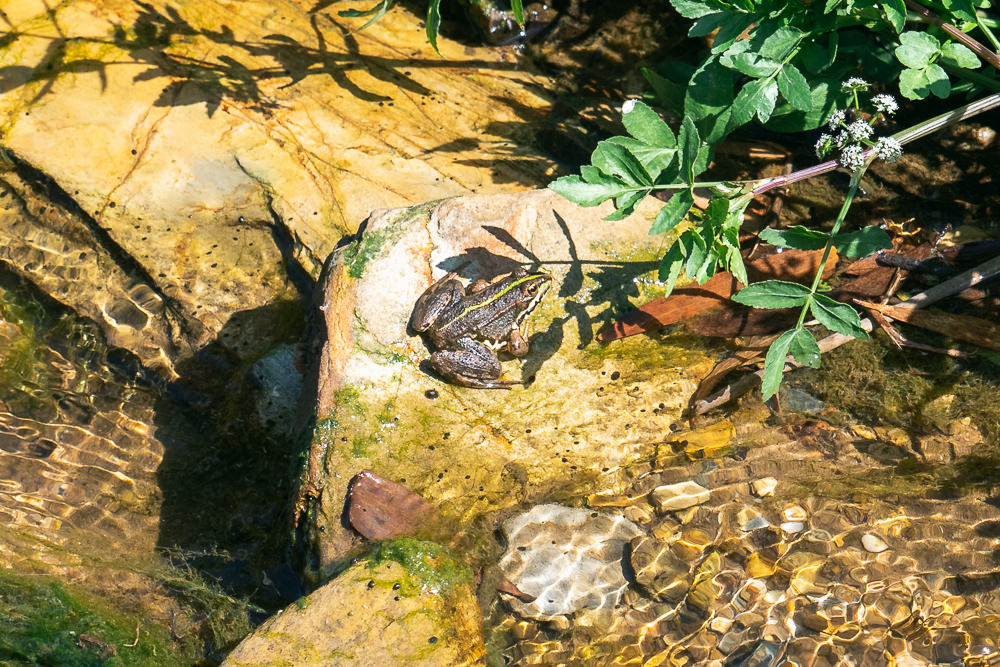
The national bus network of Rede Expressos has bus connections between Lisbon and Lagos, stopping at many (but not all) towns along the way. There are usually two or three per day and you can book them online.
The regional bus company Rodoviária do Alentejo is another option on weekdays, though I found the schedules on their 1990s website a bit hard to navigate. Their route maps also use the Comic Sans font, which goes against my deeply held beliefs regarding fonts. I’m joking, but probably the best way to figure these out is to visit a local bus station and ask for up-to-date info.
For taxis, a good rule of thumb is that they cost about a Euro per kilometer. Since most legs of the Rota Vicentina are roughly around 20km, you can count on spending 20 Euro, give or take, to skip ahead 1 route section by taxi.
Luggage transfers are also available via Vicentina Transfers. It costs 15 Euro per luggage piece for 1 route section. It’s a nice option if you want to spend a day trekking with just your day-pack.
5. It’s possible to do solo
I hiked the Rota Vicentina solo, which was a wonderful solitary experience.
For the Historical Way, I should mention that there often are no places along the route to eat or buy anything. You need to pack enough water and food with you before you set off. Wayfinding is never difficult as the paths are very well indicated, but having a GPS map (such as the app MAPS.me) never hurts. Although you’re never in true wilderness, with some form of civilization reasonably close by, you might not encounter (m)any other hikers on this route nor any facilities.
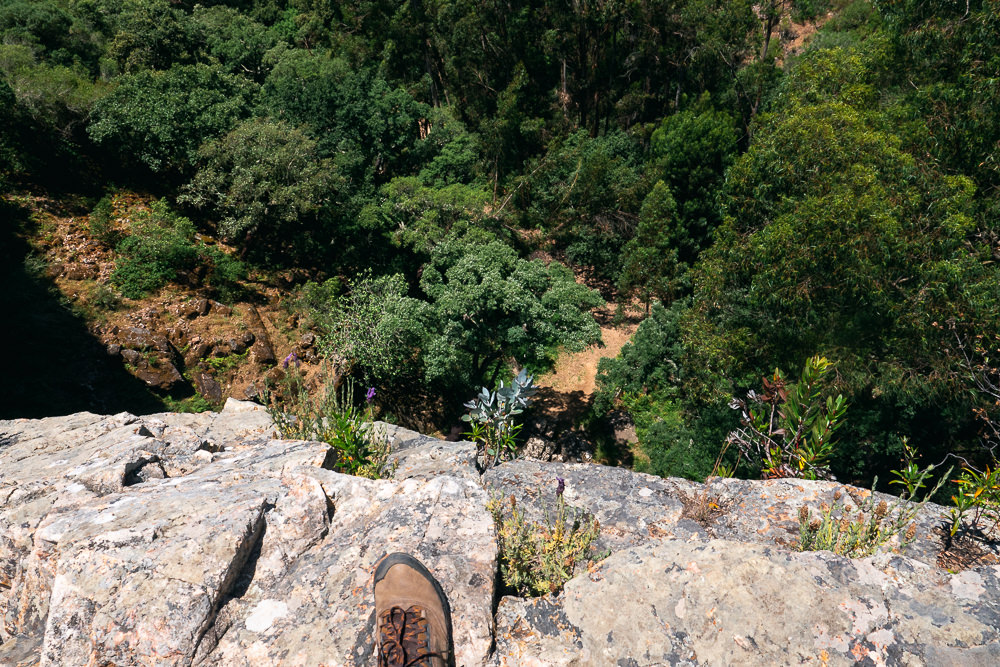
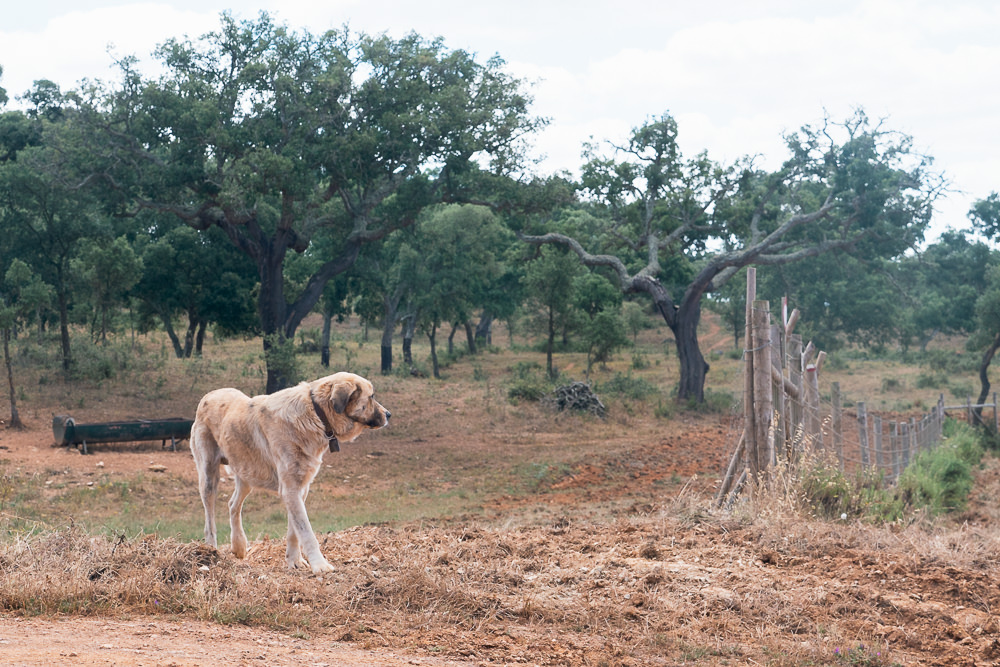
On the Fisherman’s Trail it’s more common to find pitstops for food or drink, but still rare, so stock up before you head out. There are a fair bit more hikers on this trail and the towns are more alive as they get many beach tourists as well. If you’re an inexperienced solo hiker, perhaps the Fisherman’s Trail is your best bet for a safe and easy trek.
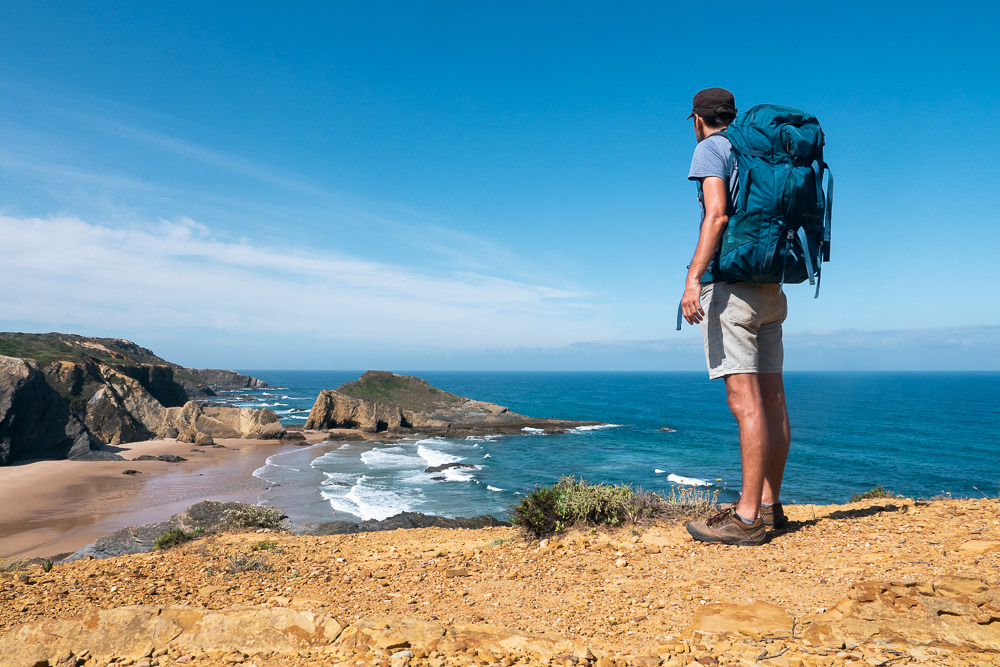
The technical difficulty of the trails is not so high, apart from maybe a few sections (like Cercal to Sao Luis, or the sections in Algarve). You just need to have plenty of endurance for the longer sections on the route.
It’s difficult for me to say what the atmosphere is on the trail exactly, as I hiked the Rota Vicentina in 2020 shortly following the pandemic lockdowns. But many of the towns have good quality hostels with a friendly atmosphere (even when there were just a few people staying!).
6. You’ll experience the Alentejo
The Rota Vicentina doesn’t just have to be about hiking. If you take it slow, you can do many other things along the way.
I much enjoyed kayaking up the Mira river from Vila Nova de Milfontes. In Sagres, I’ve stayed at a surf hostel, taking surfing lessons at the nearby beaches.
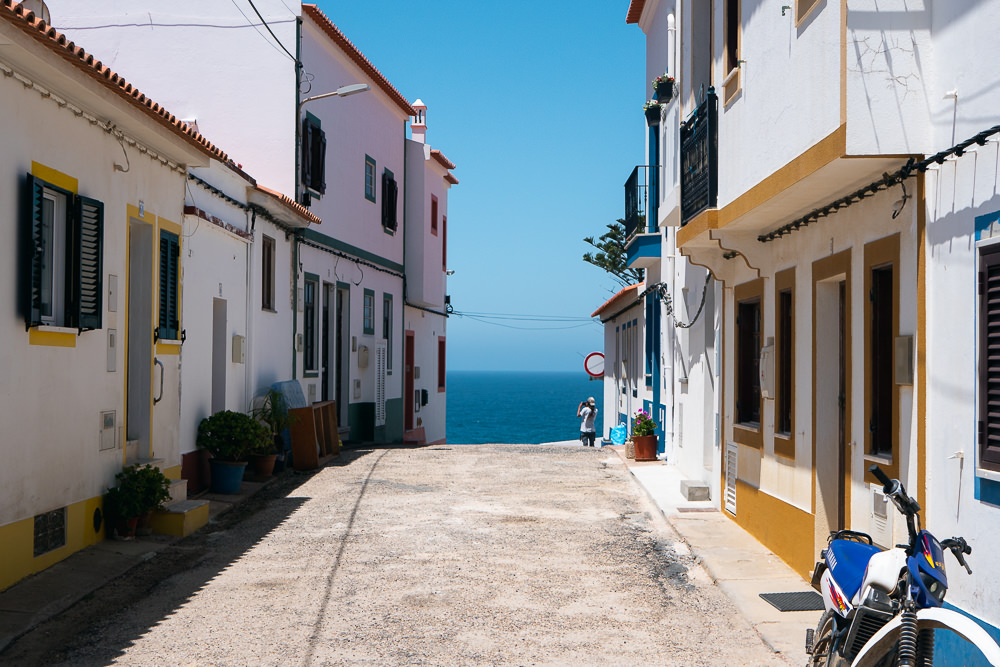
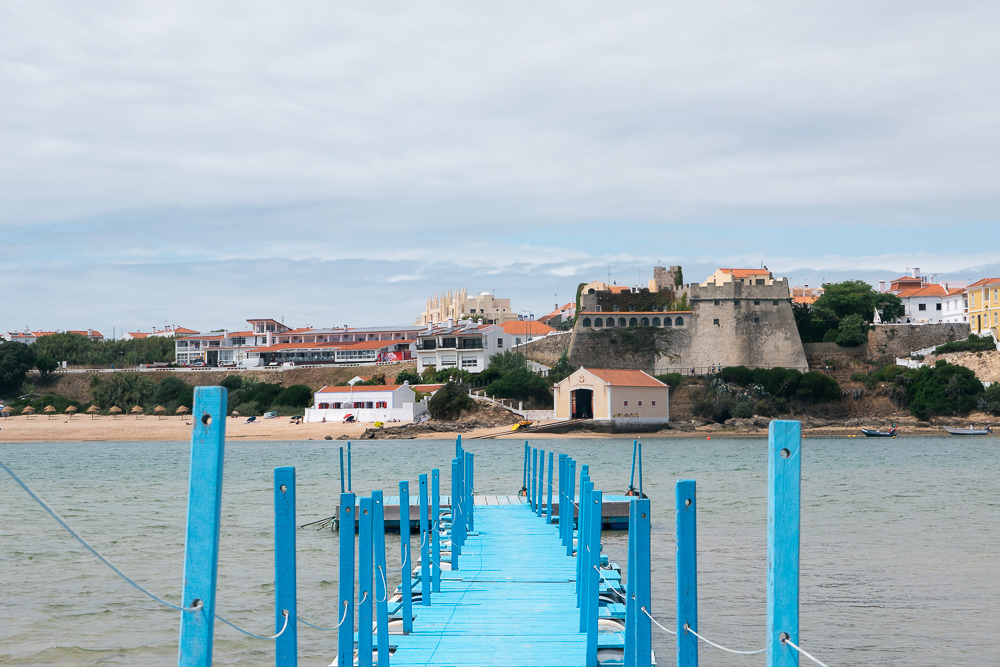
Of course, you can add a beach time pretty much at any time. The beaches along the Alentejo and Vicentine coast are more wild and pure than those in the Algarve. The Atlantic waters are also a bit colder, but that doesn’t have to stop you from taking a refreshing dive.
The fish and seafood are expectedly very fresh and yummy around these parts. You’ll also have your chance to try the regional dish Carne de Porco à Alentejana — pan-fried marinated pork with clams.
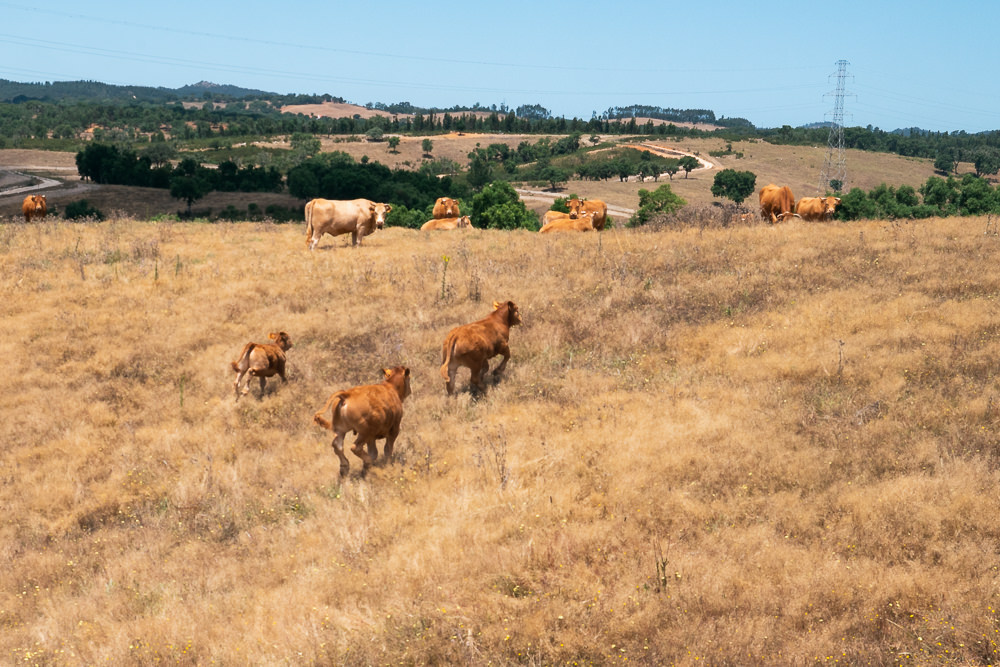
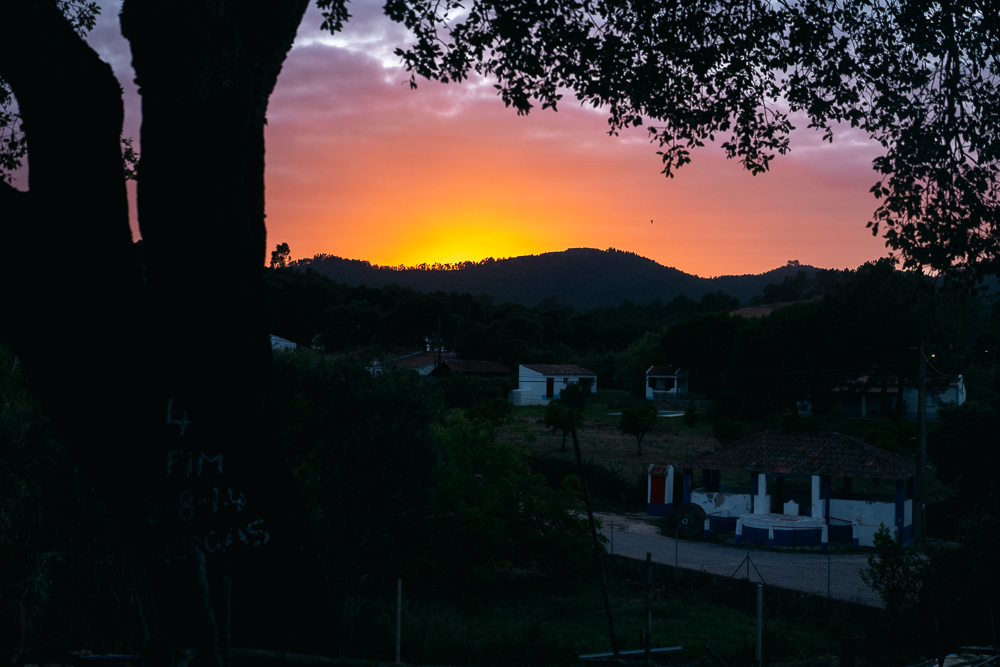
More information
The official Rota Vicentina site offers a wealth of information as well as an interactive map. There is no need to purchase their paper guidebook necessarily, as it has the same information as the website. If you’re keen on hiking the Algarve instead, you can also check out the Via Algarviana website.
Stingy Nomads also did a terrific job writing up their experience along the Rota Vicentina, with detailed information for each route segment.
Some links may be affiliate links, meaning I may earn commission from products or services I recommend. For more, see site policies.
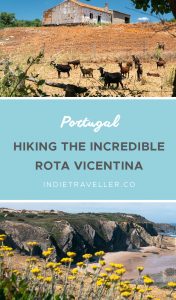
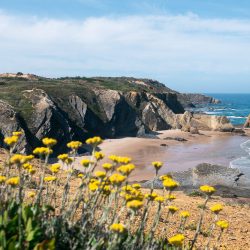
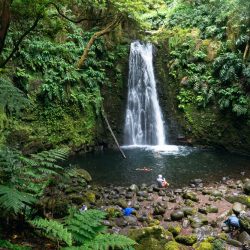




Hi Marek, The usual distances hiked between segments on the Fisherman’s Trail are a bit too long for me. Would it make sense to stay in a town along the route, and then hike smaller sections of the trail, returning to the town by taxi when we get tired? Is it possible to call a taxi from frequent points along the trail? I’m hoping to walk along the trail near the coast but don’t even know how often roads intersect with it and if it’s even possible to call a taxi to fetch me at a random point when I’ve had enough walking (or is there Uber?) Thanks!
It’s definitely doable to just hike sections as the trails are never too far away from a road. There are some taxis but not many… best to get phone numbers locally. There is Uber in Portugal but I wouldn’t expect many Uber drivers in the countryside. By the way there are also smaller circular hikes to consider: https://rotavicentina.com/en/percursos-circulares/
Great website and insightful information on Rota Vicentina. Thank you! What would you say have been challenges on the historical path? I have heard there are many barking stray dogs on the route – would be interesting to hear your experiences.
I can’t remember meeting a single stray dog to be honest!
One challenge was the section from Sao Luis to Odemira being very long. Doing it again I would take a taxi to shorten it a bit.
Great job, Marek, I’m from the Rota Vicentina Association team and we would like to congratulate you for being so accurate on all the information and also sensitive towards the spirit of this project and the region.
Just one tiny mistake, when you mention the new part from Cabo de São Vicente and the city of Lagos (not Sagres).
Ok, keep up the good work and beautiful way of traveling!
As for your followers, we wish you all great hikes and deep traveling experiences!
Warm regards from the Southwest of Portugal,
Marta Cabral
Hi Marta, thanks for your comment and correction. I knew it was to Lagos but somehow I wrote Sagres, I must have not had my coffee yet!
Clearly a lot of effort went into promoting the region and it’s I love the focus on local and low-impact tourism. The information on the site was amazing and the signposting on the trails was just perfect, so keep up the great work! I’ll definitely be coming back for more! 🙂